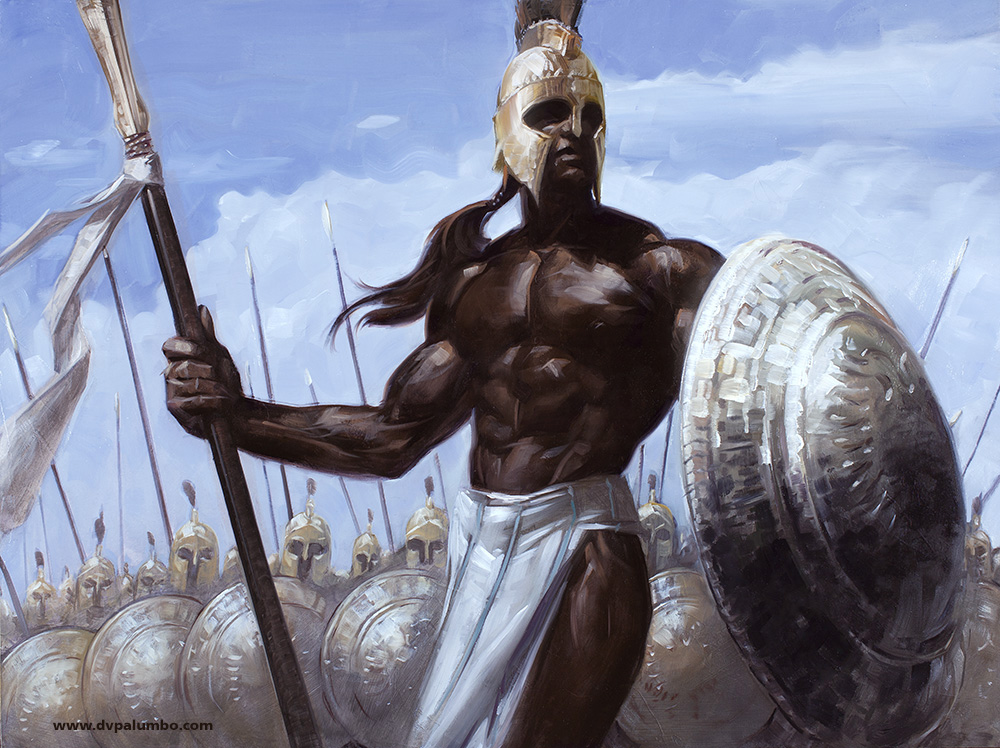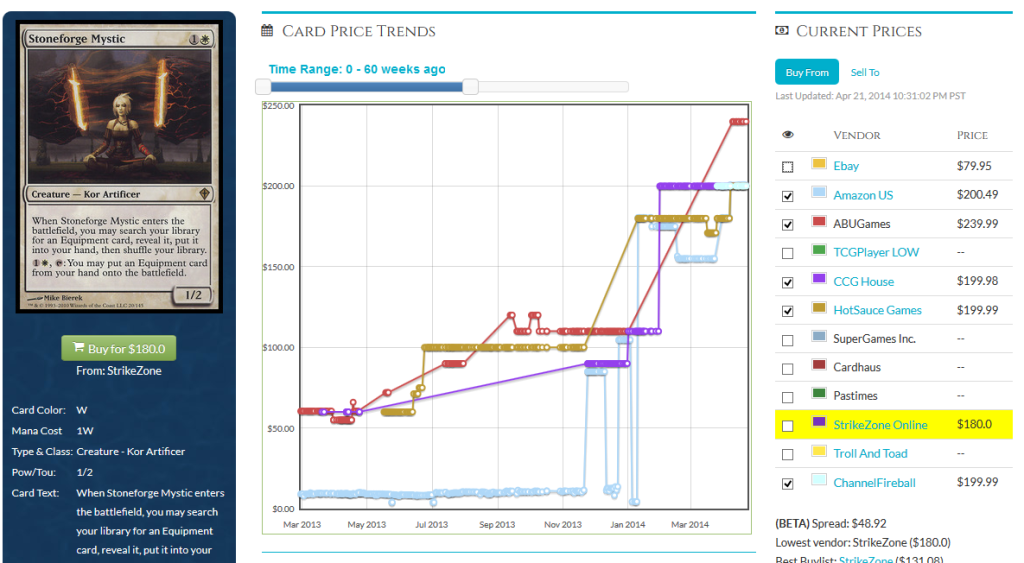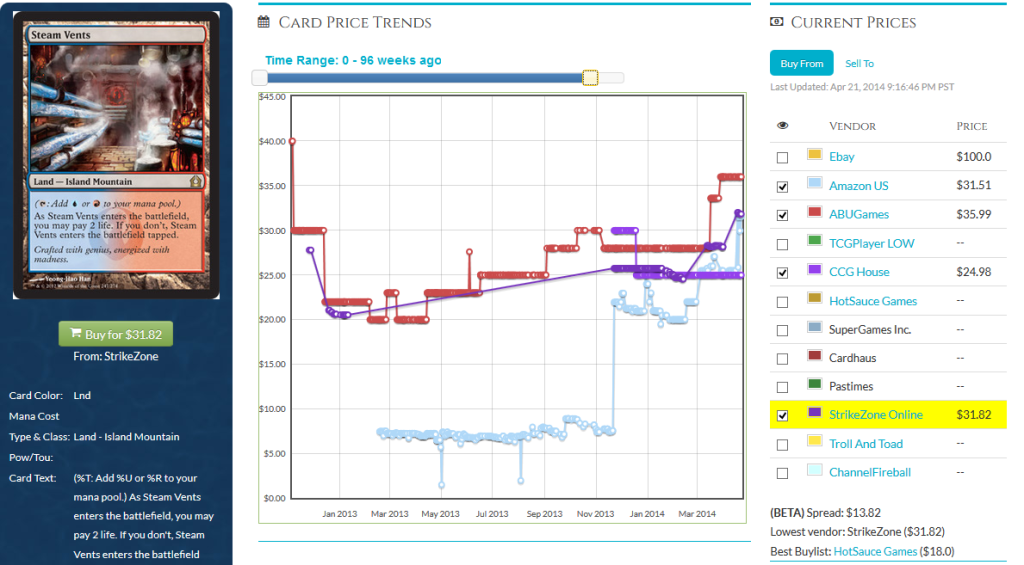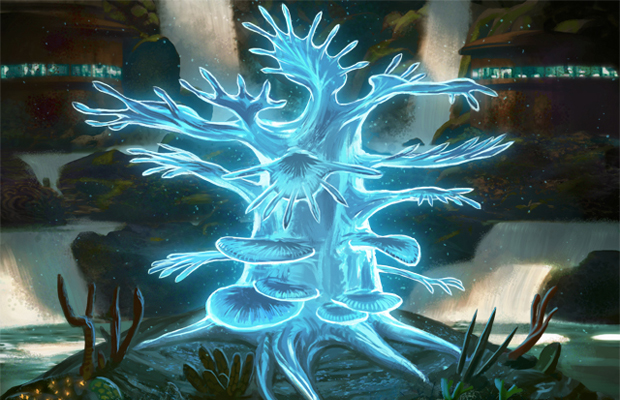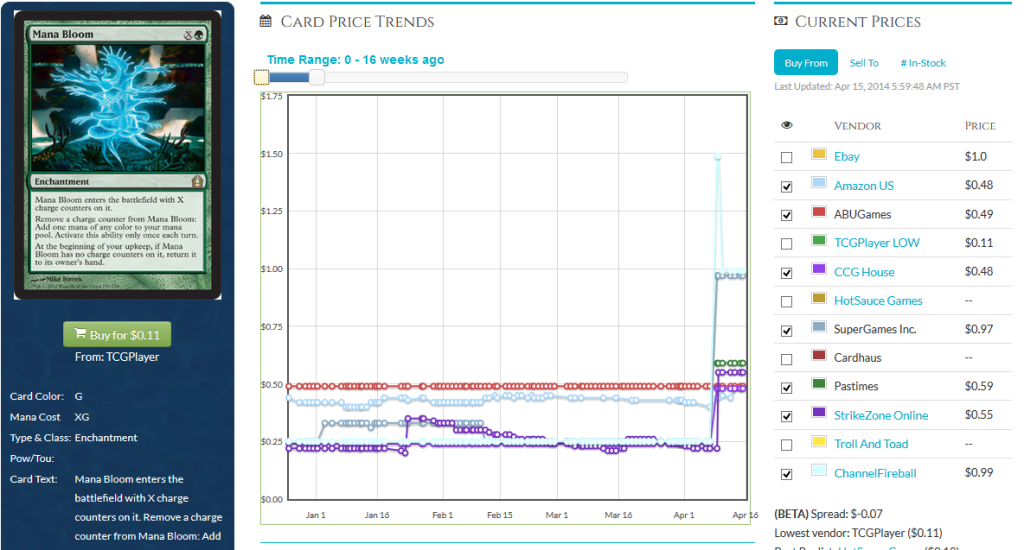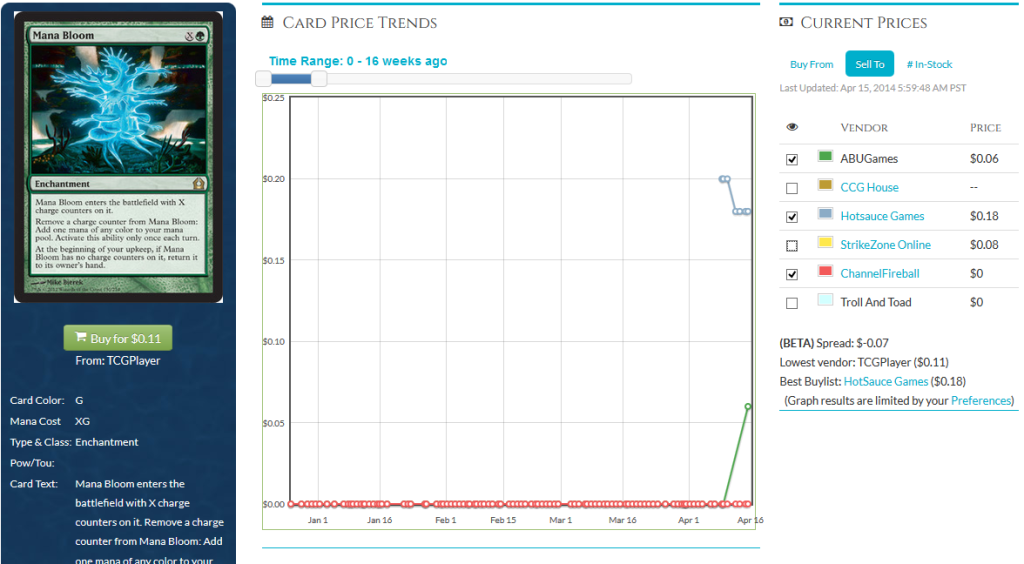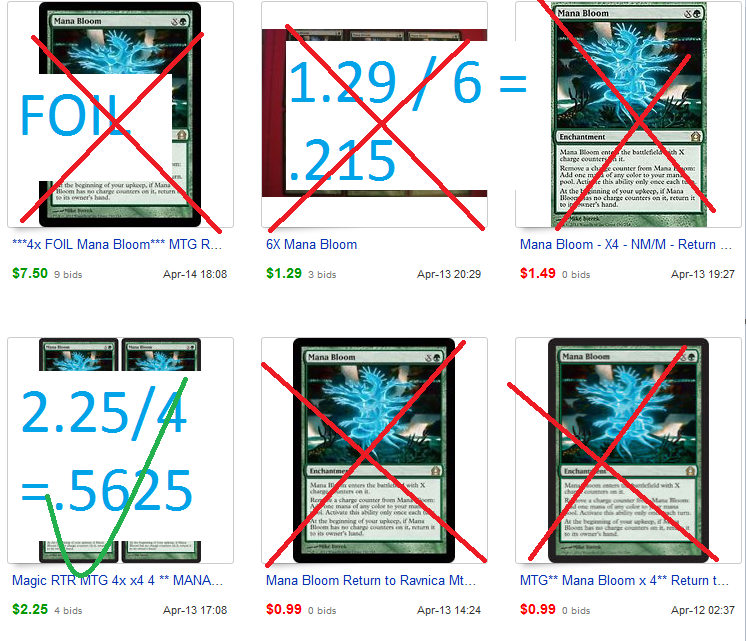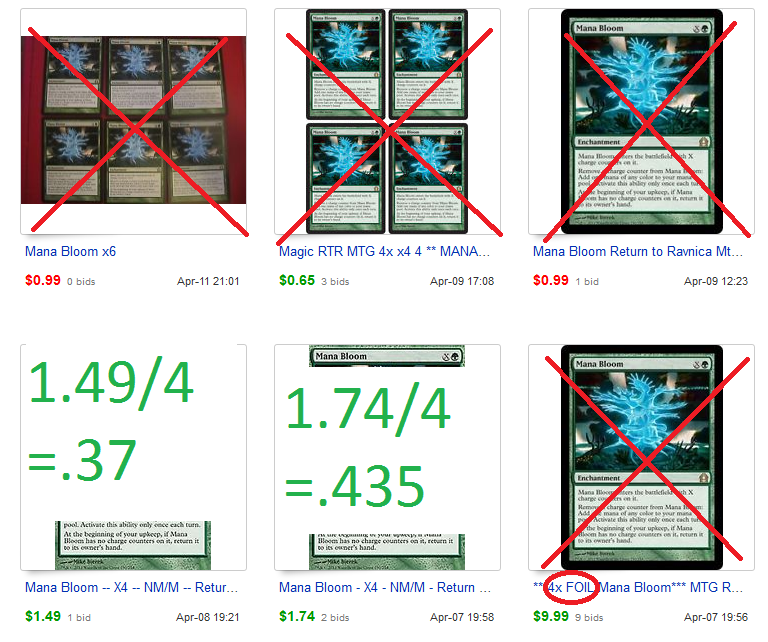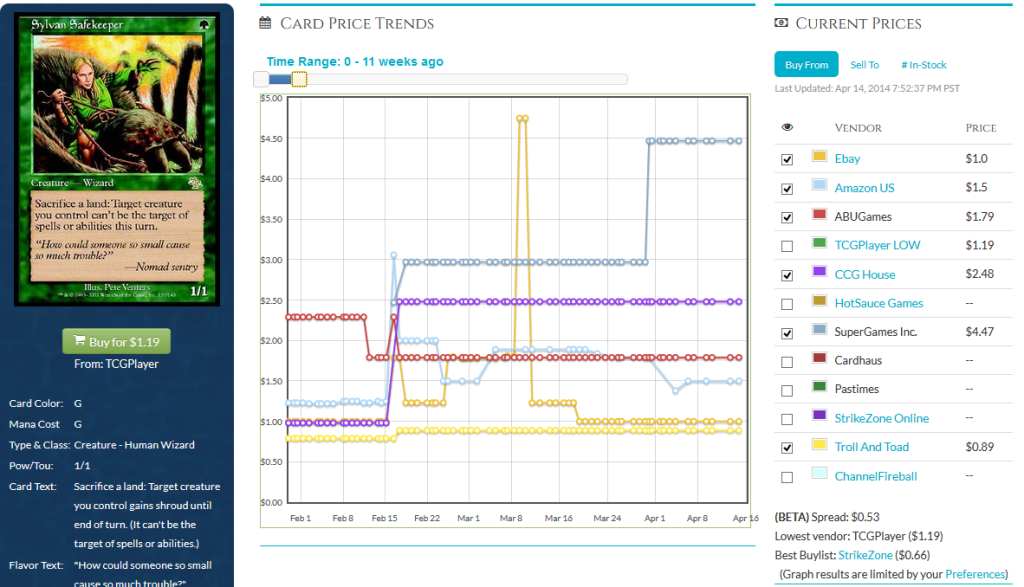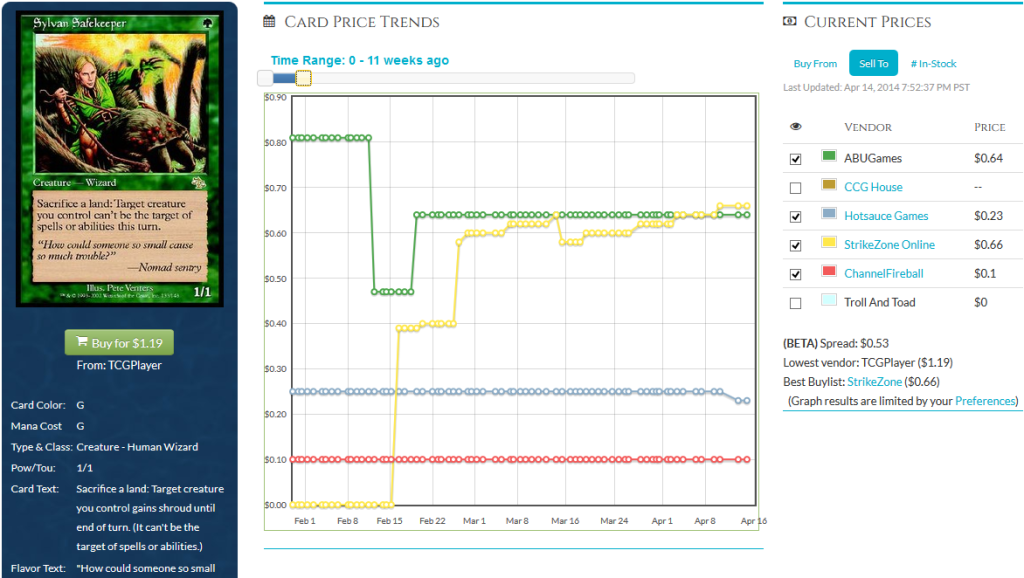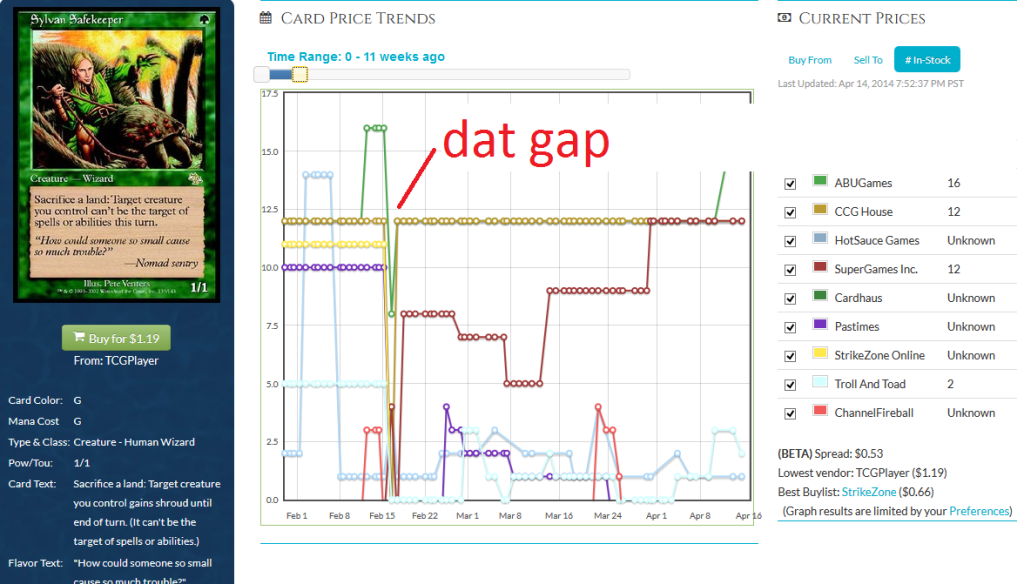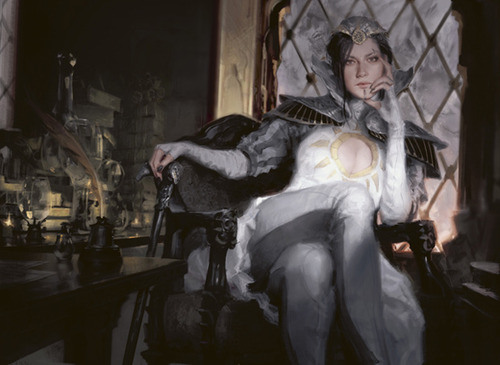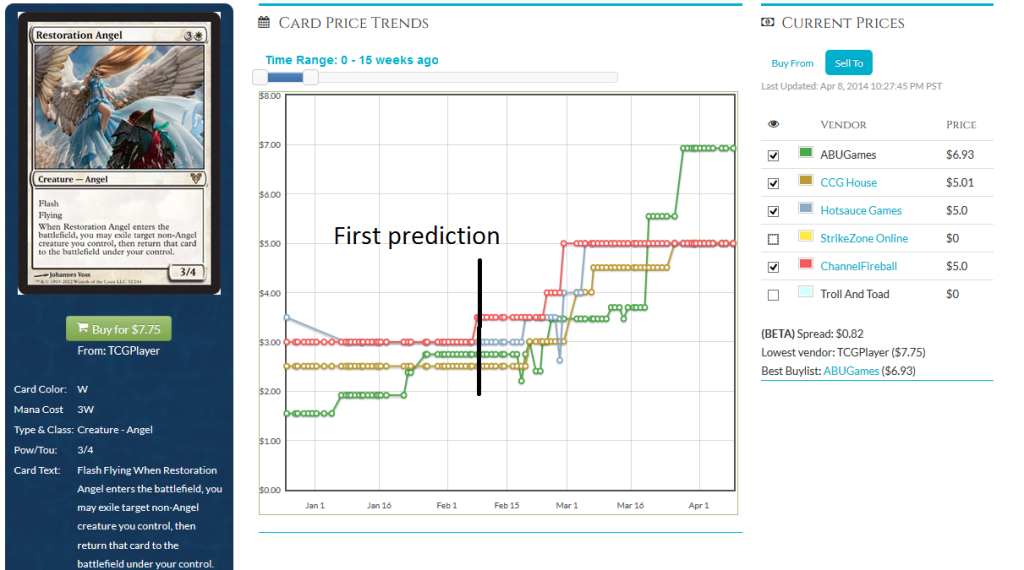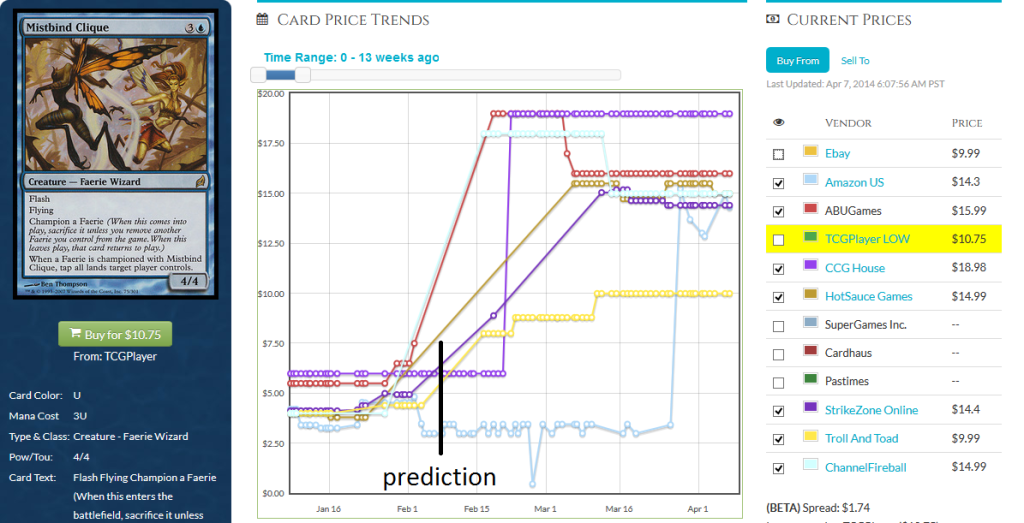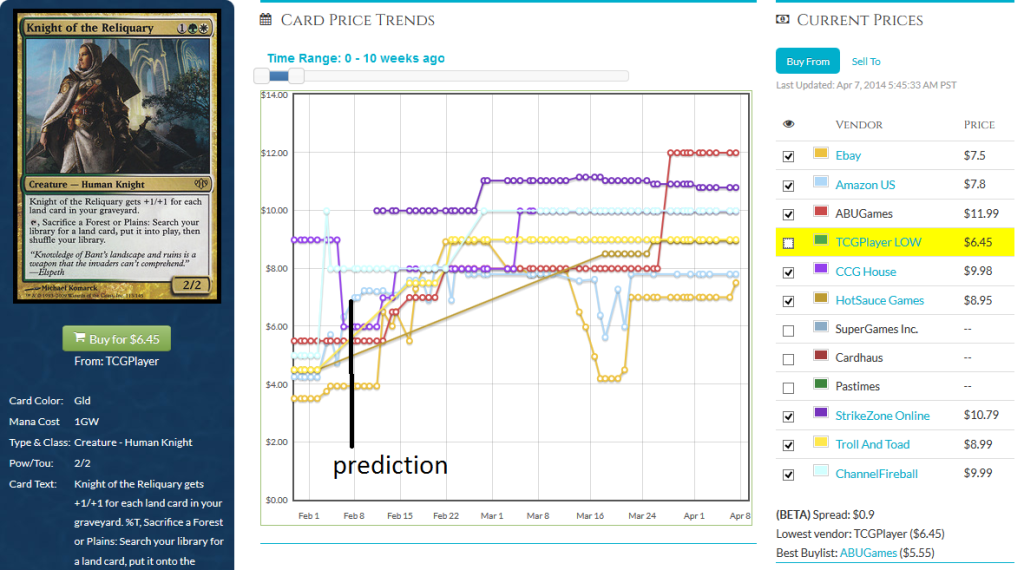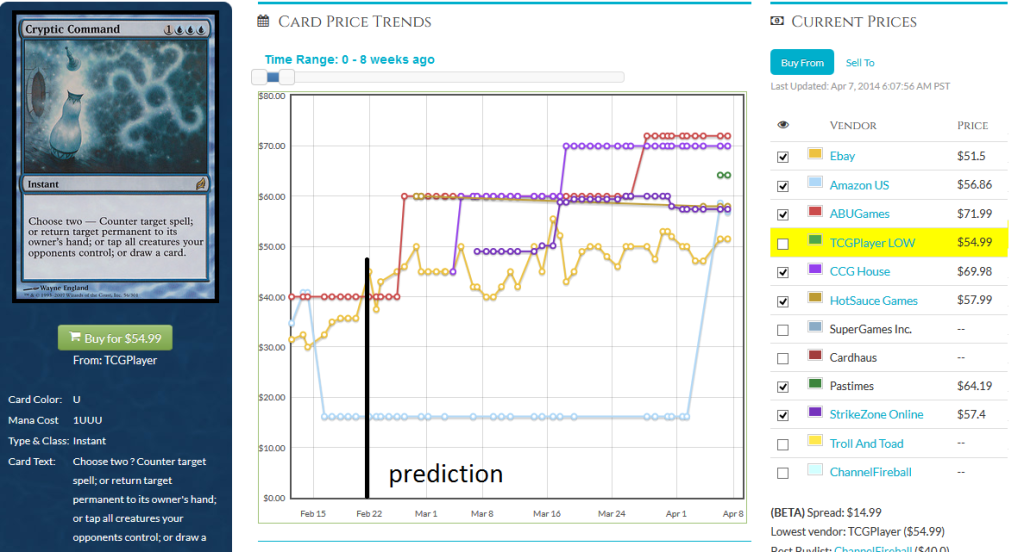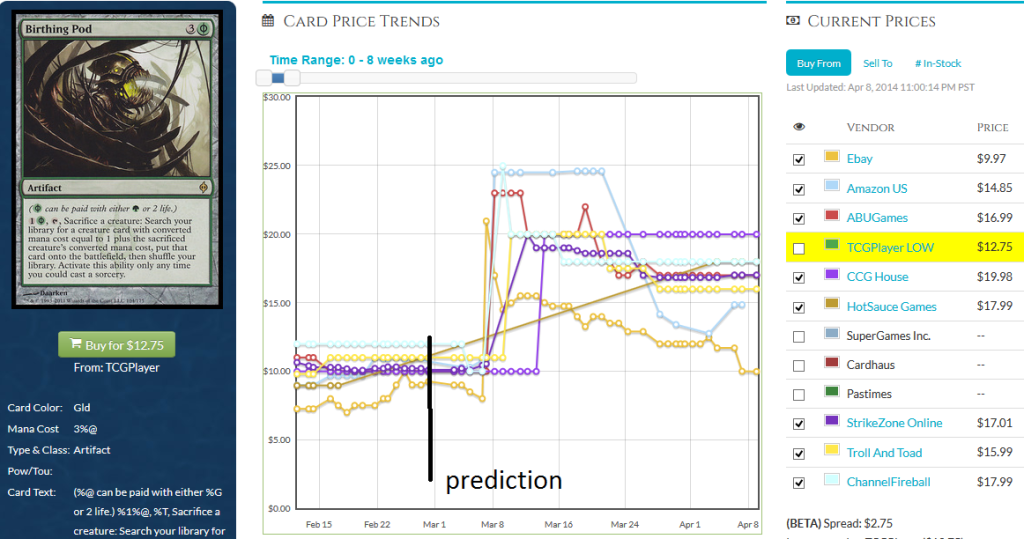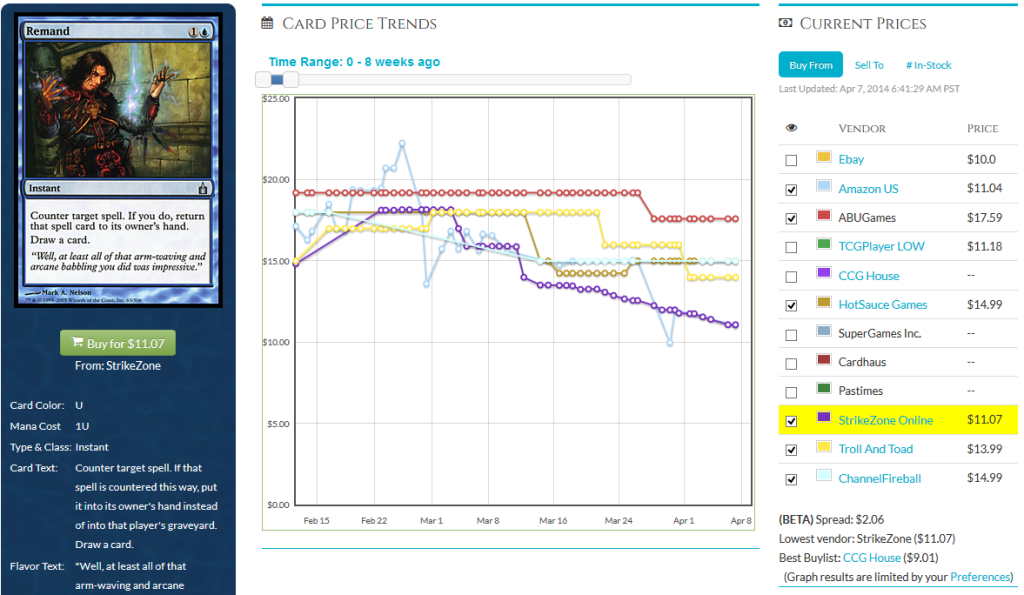By: Camden Clark
It has recently come to my attention how important organization and keeping records really is.
In an abstract sense, many of us would nod our heads and agree that, yes, organization is important. We should all be keeping records too. Few would argue with these seemingly logical standpoints. Many would say “this is basic.”
However, outside of the abstract, how are you really improving your organization to maximize the value you get out of this game?
Let us talk about organizing your cards.
Many of us have that box. That box is the one that has all of the excess cards we have obtained through the years. We rarely know the exact inventory of the cards we have in this box. We fail to keep track of the amount of rares we have in that box, the uncommons, the commons, or what set any of them are from.
That box could be holding a few Serum Visions or Spell Snares. The easiest thing to do to organize your cards is to go through it in phases.
The first phase involves combing your collection for rares and other money uncommons and commons. If you generally know the era of Magic where your cards come from you can print out a buylist from those sets and look through it before going through your cards.
You may be surprised how much value you pull out. There are lots of cards playable in Modern and Commander that are great to throw in your binder. Even common foils move well. I and many others in the MTGFinance community attest to how many Oblivion Rings they trade away to people who simply don’t want to buy a playset online.
Once you pull out the cards with value, you can organize them into a few different binders. Yes, this means you might be taking apart your current trade binder. Do not fret: this will get you more value in the end.
I like to have three binders:
- One for the hottest standard cards. Shocklands, scrylands, and Standard playable cards galore. I generally try to trade into newer sets with this binder.
- One for Modern/Legacy cards. Any kind of dual land, Modern and Legacy commons, uncommons, and rares all go here. Commons like Serum Visions trade surprisingly well and are not that difficult to obtain in trade.
- One for Casual/Commander cards. This one is typically the bulkiest. There will be tons of foils, Commander staples, etc. that move out of this binder. Keeping this one stocked will net you massive gains from seemingly silly foils and trade you into cards that hold more weight. I might even say this pool of cards will trade the most.
It is easy to gauge who will want to go through which binder first. The guy who is asking you to play a multiplayer EDH game with his Zedruu deck is probably a good target for the Commander staples. Conversely, the guy who grinds PTQs could probably care less about your Sol Ring collection. These are all generalizations but making a good first impression with your first set of cards will make them want to go through the rest of your collection anyways. Having these three binders will allow you to be more organized and trade with a wider variety of people.
After you get through your binders, you should go back to the bulk commons, uncommons, and rares. You should now take out any rares and mythic rares. You can save these in a separate box for bulk at a later date or keep in a dusty old binder in case they spike. This is a good way to utilize MTGPrice’s collection tool. You can input all of the cards that you have in a junk binder and be able to see if any spiked recently. Needless to say, you could make a whole bunch of money. Going forward, if any of them spike, you will be able to see that too.
After you have a box of simply commons and uncommons, you should go through and sort it by format. Which ones are Standard legal? Which are Modern legal? Which are only Legacy legal? From here, it will be much easier to break them up into each set.
From that point, you can comb through to find an obscure card whenever or be better organized to sell bulk if you go to a major tournament.
To many of you this seems basic. Trust me: take a day to reorganize yourself. It is very worth it.
Now let’s talk about the other end of organization, taking inventory.
This is a quintessential part of speculation and should be paid attention to whenever dealing in cards. Generally the advice is: do what the card shops do.
You should know what quantity you are speculating in and how much you bought in for. You should also know how much you spent on shipping. I like to keep this in a spreadsheet.
The above is the absolute basics.
What are you doing with the above information? Other than being able to make an informed decision about when to sell, how does it help you in the future? Where do you learn about the bad decisions that you made and the good decisions that you made?
I’m a big fan of learning from our past experiences and using statistics to evaluate why things went correctly or poorly. A recent article caused me to think really hard about the essential elements of Magic speculation that many people gloss over. They look at the retail price but fail to see the overhead and other costs involved.
Thus, from the start, you should be evaluating how much the buylist/eBay price is going to have to rise before you make any money at all. You should do a gauge on shipping costs and factor that in to a spreadsheet.
In your spreadsheet or somewhere else you should also write a serious evaluation of why you bought in to this card and what trajectory you expect to see. I say this not to cause self-doubt but rather to evaluate the decision making calculus and thought process. We are not sterile computers, we have off days, we make mistakes. However, we can come closer to understanding everything that causes us to make our decisions. By gathering as much data as possible we can make better decisions in the future.
Thus your spreadsheet should have the following things:
- The name of the card you are speculating in
- The amount you bought
- The lump sum price you paid to acquire all the cards
- The lump sum of shipping you paid to acquire all the cards
- Average out a total price per card including shipping
Then for the eventuality of selling
- The shipping you will probably need to pay per card
- A formula box that shows the price each card will need to reach to make any money
And finally you should include an explanation for why you bought the card.
I will be creating a template for a spreadsheet on google docs to share with you. If you are interested in getting this, follow me on twitter: http://twitter.com/CamdenClarkMTG
Spreadsheets are invaluable tools for keeping yourself sane-ask any accountant.
As a supplement to your own tracking, a great way to find out where the cards in your collection are at is the collections feature on MTGPrice. I use this one to find out where the price of all my cards are at and see how they compare to the price I need to be at. I really like seeing which cards have increased in value recently and you should too. That can be an invaluable way of not having to look up every card individually. When you are ready to sell, it’s quite easy.
Using Google Docs (Drive?) Spreadsheets and the MTGPrice tools in conjunction I have most of the information available to me that I need to trade. When I am at an event, I can pull up the spreadsheet of the cards I am speculating on and seeing if I can pick up any more copies at similar prices minus shipping.
I really like the spreadsheets for when I am watching coverage of major events as well. I can quickly plug in the expected prices of a card and find out how much it would have to go up in order to make any money at all.
Now that we have organization out of the way, I plan to create a Modern portfolio that answers a question I see all the time on /r/mtgfinance: “What should I invest one-hundred dollars into?” This portfolio will take the lessons from this article into account and document the picks I plan to make with such a small sum of money.
Thanks for reading. Does this portfolio idea sound interesting? What organization methods do you use? Respond in the comments.
